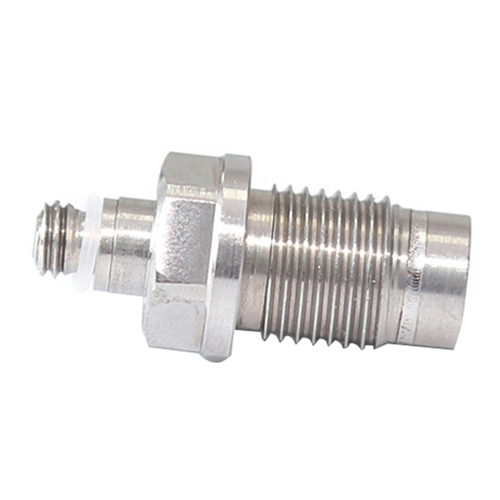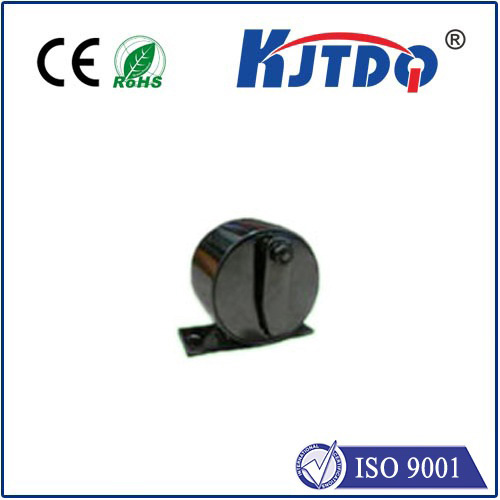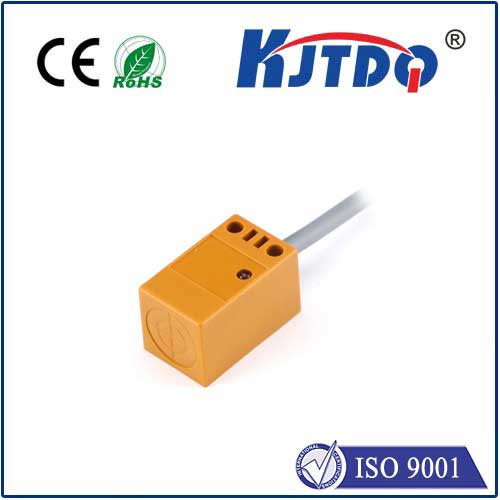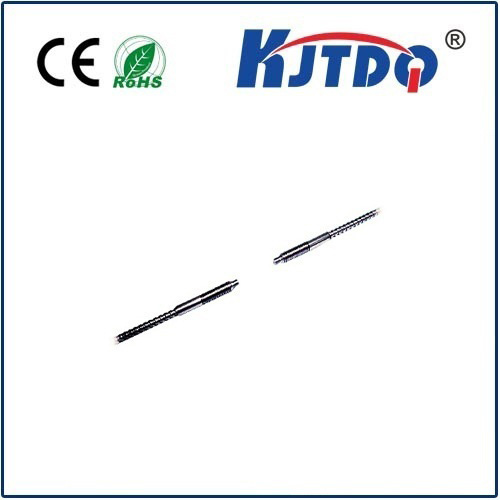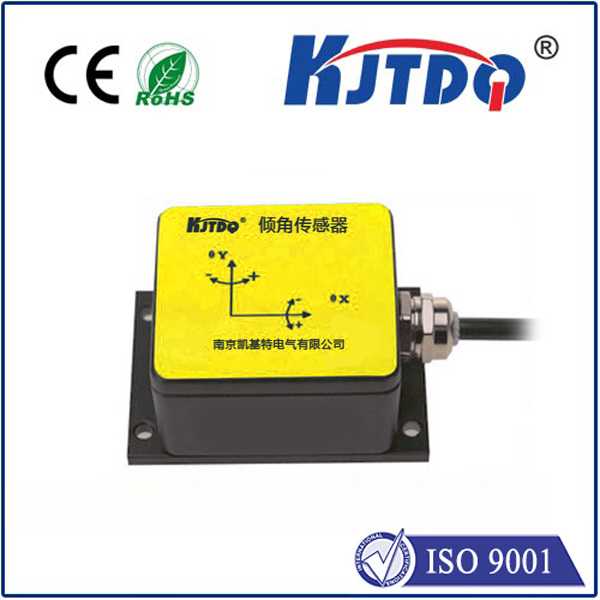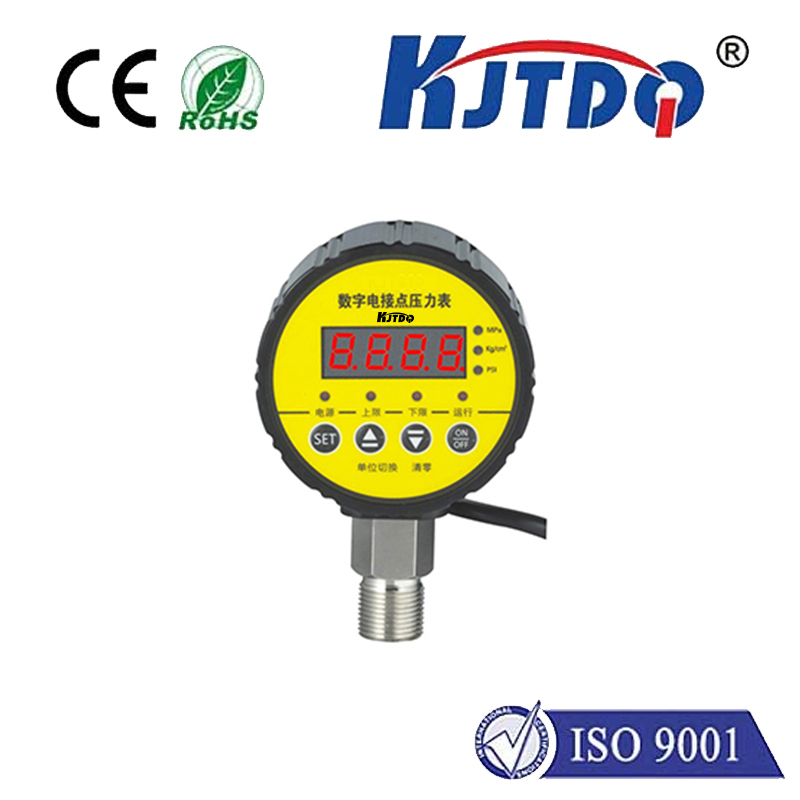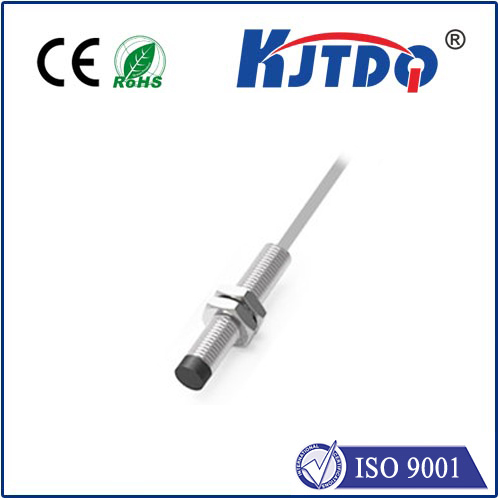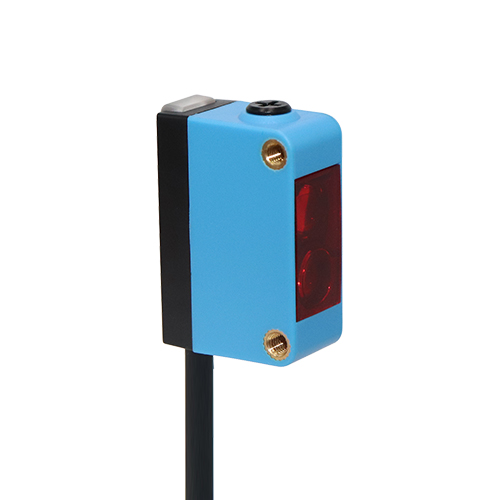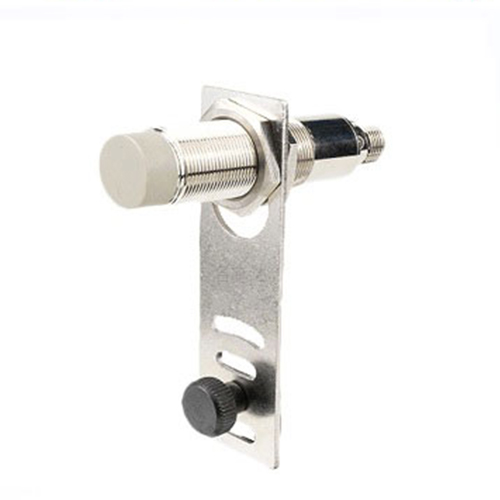

check

check

check

check
Magnetic Type Limit Switches: A Reliable and Efficient Tool for Industrial Applications
Introduction
In the vast array of automation technologies available today, limit switches play an indispensable role. They are essential components that help in determining the position or end point of a mechanical system. Among various types of limit switches, magnetic type limit switches have gained significant popularity due to their reliability, efficiency, and ease of use. This article will delve into the details of these limit switches and highlight their importance in industrial applications.
Working Principle of Magnetic Type Limit Switches

Magnetic type limit switches operate on the principle of magnetic induction. They consist of a magnet and a reed switch enclosed in a protective housing. When the magnet comes close to the reed switch, it activates the contacts inside the switch, causing it to change state. The distance between the magnet and the switch determines the switching point. These switches come with adjustable actuators that allow users to set the desired switching point precisely.
Advantages of Magnetic Type Limit Switches
One of the primary advantages of magnetic type limit switches is their non-contact nature. There is no physical contact between the switch and the moving part, which reduces wear and tear, thereby increasing the lifespan of both components. Moreover, these switches can withstand harsh environments such as high temperatures, dust, moisture, and corrosive atmospheres, making them suitable for diverse industrial applications.
Another advantage of magnetic type limit switches is their ability to work without any external power source. They generate their own power through magnetic fields, eliminating the need for additional wiring or power supplies. This makes them energy-efficient and cost-effective solutions for automation systems.
Applications of Magnetic Type Limit Switches
Magnetic type limit switches find applications in a wide range of industries such as manufacturing, construction, mining, and transportation. In manufacturing plants, they are used to monitor conveyor belts, machine tools, assembly lines, and packaging machines. They provide accurate positioning information to control systems, ensuring smooth operation and minimizing downtime.
In construction sites, magnetic type limit switches are employed to monitor heavy equipment like cranes and hoists. They ensure safe operations by providing real-time feedback on the position and movement of load-bearing components. Similarly, in mining operations, these switches are used to monitor conveyors, crushers, and screening machines, enhancing productivity and safety.
Conclusion
Magnetic type limit switches offer several benefits over other types of limit switches due to their reliable performance, longevity, and adaptability to harsh environments. Their non-contact nature and ability to function without external power sources make them ideal solutions for various industrial applications. By incorporating magnetic type limit switches into automation systems, businesses can improve operational efficiency, reduce maintenance costs, and enhance overall productivity while ensuring worker safety and equipment longevity.
